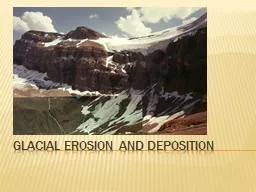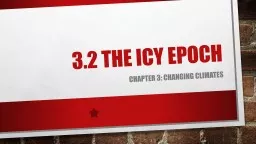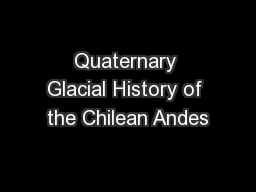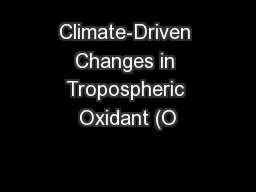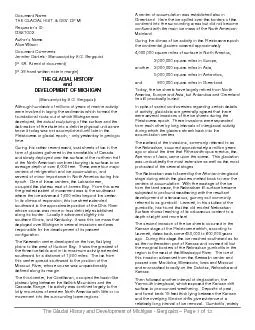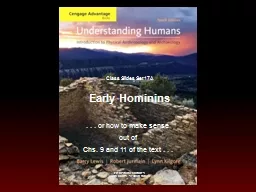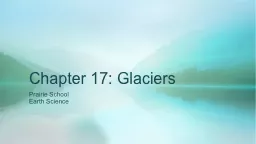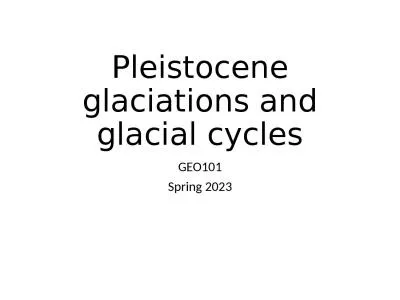PPT-Last Glacial Maximum
Author : luanne-stotts | Published Date : 2017-05-17
Chapter 12 Bao Mario Ariel amp Keiyro 121 Project CLIMAP CLIMAP Climate Mapping and Predictions Project began in early 1970s First map of iceage Earth released 1976
Presentation Embed Code
Download Presentation
Download Presentation The PPT/PDF document "Last Glacial Maximum" is the property of its rightful owner. Permission is granted to download and print the materials on this website for personal, non-commercial use only, and to display it on your personal computer provided you do not modify the materials and that you retain all copyright notices contained in the materials. By downloading content from our website, you accept the terms of this agreement.
Last Glacial Maximum: Transcript
Download Rules Of Document
"Last Glacial Maximum"The content belongs to its owner. You may download and print it for personal use, without modification, and keep all copyright notices. By downloading, you agree to these terms.
Related Documents



